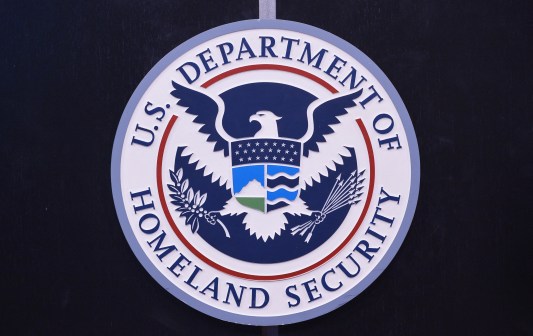Pentagon wasting no time on Digital Service teams
The Defense Department’s plan to bring in the U.S. Digital Service to work on the department’s most difficult technological challenges has been underway since April 20, setting the stage for more detailed projects and a significant shift in the way the Pentagon engages with its tech workforce.
Cmdr. Bill Urban, a Defense spokesman for the deputy chief management officer, confirmed to FedScoop that “three small teams working on three projects and consisting of 16 members in total from U.S. Digital Service began doing discovery/scoping work” on April 20 — three days before Secretary of Defense Ash Carter announced the release of the Pentagon’s new cyber strategy.
One of the teams is focusing on health record interoperability between DOD and the Department of Veterans Affairs. But the department is leveraging what Urban described as two additional “sprint teams” to investigate areas of interest where they may be able to add value. “They will continue their work through May 1. A follow-on plan for further engagement based upon the work the teams are doing now will be finalized by May 1,” Urban said.

Defense Secretary Ash Carter stands in front of the Facebook wall during his visit to the company’s headquarters in Menlo Park, Calif., April 23, 2015. (DoD photo by U.S. Army Sgt. 1st Class Clydell Kinchen.)
Cyber workforce of the future
During a question and answer session following his speech at Stanford University Thursday, Carter emphasized the importance of adjusting how the department manages the new generation of cyber talent, particularly millennials who have no memory of major national security events like 9/11.
“It is like a clash of cultures,” Carter said. “And I think about that a lot because it’s also a clash of generations. And you know, I’m in the position now of needing to attract to military service of a generation of people who grew up entirely in the Internet age, whose memories of 9/11 are either faded or dim or non-existent, and attract them to the mission of national security and national defense.”
The only way to do that, according to Carter, is to make the Defense Department as open and flexible as the private sector. “I’m trying out ways to change the way we bring people in. Give them a try. People don’t like to be tied down. Kids don’t want to get into something that they’re going to be in for their entire lives,” Carter said. “They want to move in and out. That’s why I’m looking for the cyber force about being able to move people laterally into the military rather than having to come up through the ranks because of their level of expertise.”
Carter acknowledged such changes “are revolutionary” for the Pentagon, but they must be done. “We can’t have industrial age institutional and human resources thinking in an age when people, they want choice, they want flexibility, they want movement, they want mobility, and we have to be part of that, or we’re not going to be a part of the generation that will make us successful in the future,” he said.
“We are just in the discussion stage of next steps, and the department has formed working groups to rapidly identify and explore innovative force management initiatives across the department,” DOD spokesman Lt. Cmdr. Nate Christensen said. “It is always a priority for the department to attract high-demand and highly-trained skill sets. We are always looking for innovative ways to do this and the secretary is asking the experts to look at what we currently do.”
“Nothing else matters unless we can inspire new generations to serve their country, retain our best people, and ultimately help them succeed in whatever they do next,” Christensen said.






